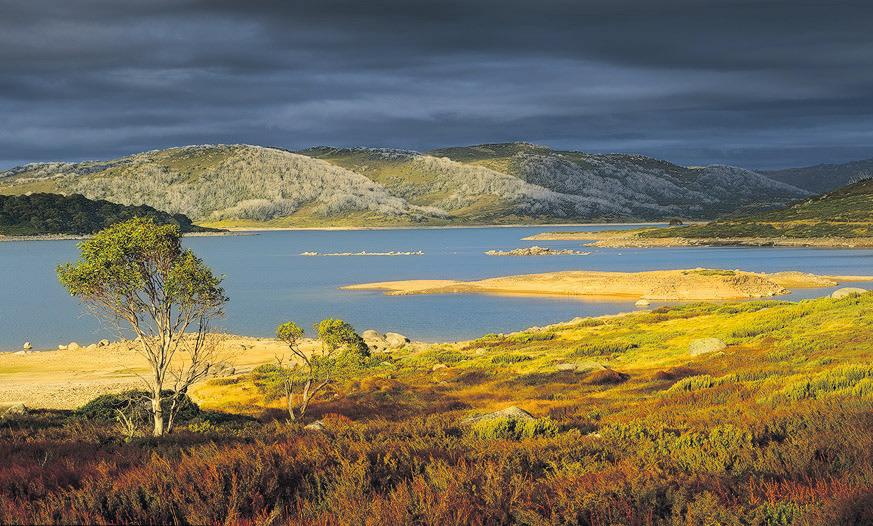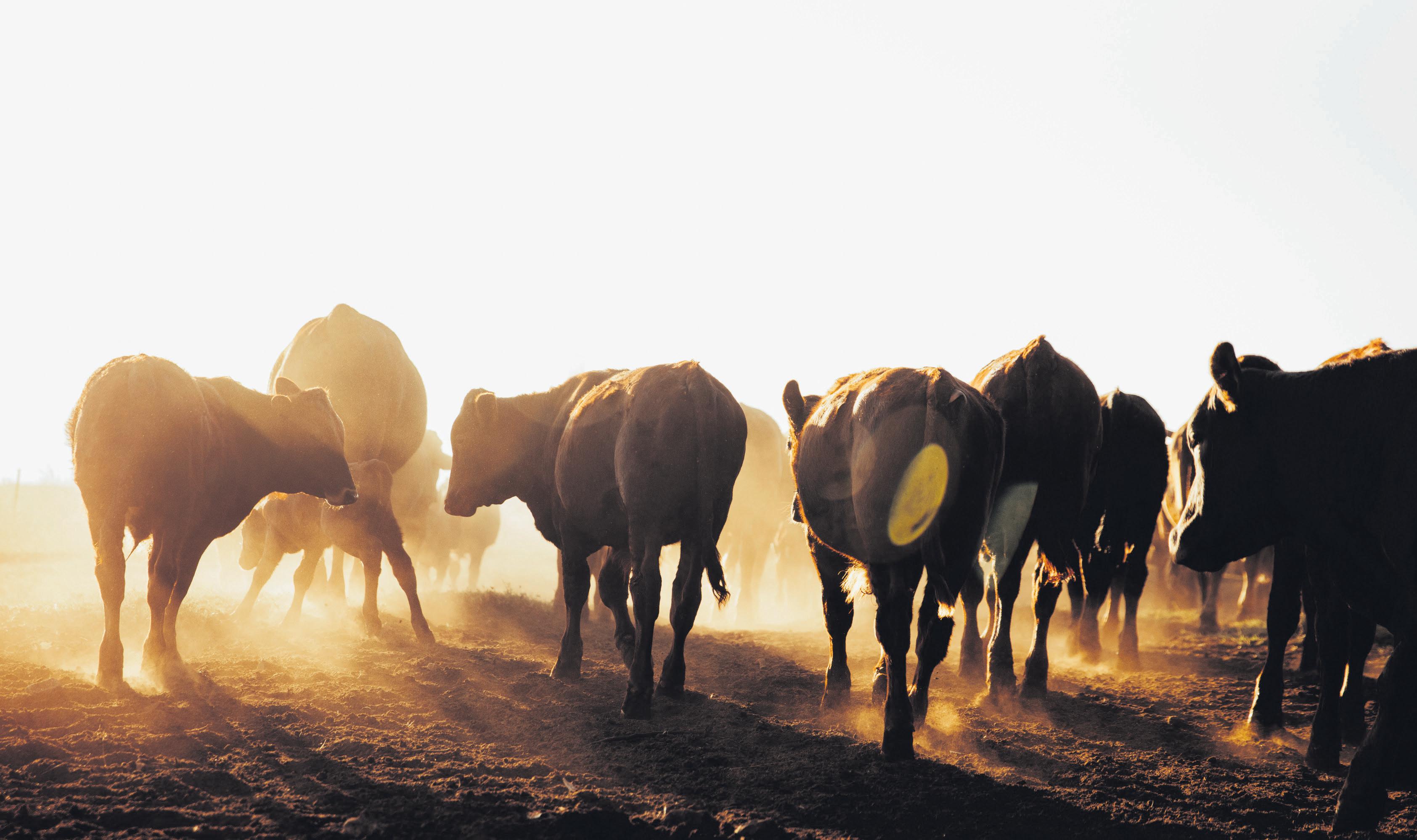
2 minute read
ABARES
• For the week ending 10 May 2023, high-pressure systems kept much of Australia clear and dry. However, a series of colds fronts moved across the south-east of the country, bringing frosty conditions to southern parts of Australia and showers in southern Victoria, southeast New South Wales, southern South Australia and western Tasmania. Troughs brought isolated showers and storms in southwestern Western Australia and the far north of Queensland.
• Little to no rainfall was recorded for most cropping regions, except for some northern Western Australia regions which received rainfall totals of up to 25 millimetres. The predominately dry conditions will have aided the fnalisation of summer crop harvest for both northern and southern cropping region. Where soil moisture levels allowed, the mostly dry conditions would have encouraged increased winter crop planting activity, with many growers eager to complete planting programs within the ideal planting window.
• The El Niño–Southern Oscillation is in its neutral phase. The El Niño WATCH issued by the Bureau of Meteorology continues. Climate models suggest seasurface temperatures in the tropical Pacifc will exceed El Niño thresholds in July. While the Indian Ocean Dipole (IOD) is currently neutral, a positive IOD event may develop in the coming months. A positive IOD can suppress winter and spring rainfall over much of Australia, potentially exacerbating the drying effect of El Niño.
• For June 2023, there is a 75% chance of rainfall totals of between 10 and 50 millimetres across most southern cropping regions. The exceptions being Queensland, northern New South Wales and parts of northern Victoria and eastern South Australia where June rainfall totals are expected to be below 10 millimetres. These are drier than average conditions.
• Given that many southern Australian winter cropping regions have received enough rainfall to constitute a consolidated autumn break in March and April, these forecast rainfall totals are likely to be suffcient to provide a favourable start to the winter season. Across parts of northern New South Wales and Queensland where soil moisture levels are below average the expectation of rainfall totals of below 10 millimetres present a signifcant downside risk for winter crop production.
• Over the 8-days to 18 May, high-pressure systems will keep much of the country dry. Fronts and troughs are forecast to bring showers to southern parts of Australia. Moist onshore winds will bring showers to coastal New South Wales and Queensland. Across Australian cropping regions, rainfall totals of up to 15 millimetres are expected for southeast Queensland. Little to no rainfall is expected for the remaining cropping regions in the next eight days.
• Water storage levels in the Murray-Darling Basin (MDB) remained steady at 90 percent of total capacity between 4 May 2023 and 11 May 2023. Current volume of water held in storage is 20 128 GL. This is 1 percent or 213 GL more than at the same time last year.
• Allocation prices in the Victorian Murray below the Barmah Choke decreased from $11 on 4 May 2023 to $10 on 11 May 2023. Prices are lower in the Murrumbidgee and regions above the Barmah choke due to the binding of the Murrumbidgee export limit.
Local Land Services is teaming up with NSW Farmers to deliver four face-to-face foot and mouth disease Information Sessions in May 2023.

The forums will cover:


• How to identify foot-and-mouth disease and know what to do if you suspect a case
• Finding out what you can do on your farm
• Hearing what Local Land Services does to prevent Emergency Animal Diseases
• Hearing about the work of Local Land Services in pest animal control.










